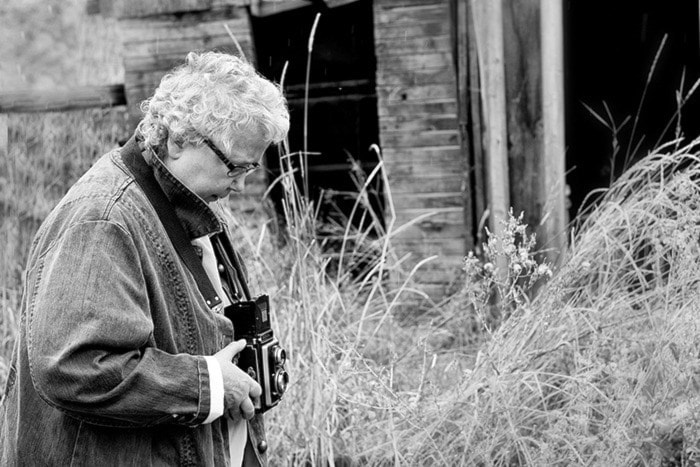Photographic film is a strip of transparent material coated on one side with light-sensitive silver halide crystals called emulsion. The emulsion gradually darkens when exposed to light forming an image when light passes through the lens to reach it, creating a latent image in the light sensitive emulsion. This is then chemically developed as a negative image, and eventually printed as a positive image seen as a photograph.
Using film was a time consuming, and for many, an imperfect way to document the world. Nevertheless, for nearly two hundred years photographers have persevered and in spite of sometimes days, weeks, or even months between the initial exposure and the final print, learned to minimize the errors and present exciting examples of the craft, or art, to an appreciating public.
The good thing about shooting film is how it forces one to learn what each part of the camera is for before making a photo. Mistakes can get pretty expensive with a film camera so this forces photographers to learn quickly.
After about 30 years of earning a living using film I embraced the technological change to digital and had no intention or ever handling another roll of film. So when my wife informed me she was planning to get a medium format film camera and was going to begin shooting film I must admit to mixed feelings.
However, my wife’s reasons had little to do with film and more to do with finding a way to slow down the process of image making. She talked about getting more involved in the act of photography than the process of taking a picture. I knew exactly what she meant; many modern photographers seem to be more about the technology of photography, and instead of studying a subject for that perfect shot, will take the machine gun approach. And when asked why they released the shutter 300 times on their subject the answer is, “to be sure I got it”.
Linda will be limited to 12 exposures in her lightweight, German made, Ikoflex camera with a waist level finder. We’re all guilty of getting a little bit snap happy with our cameras, and taking loads of useless photos of nothing in particular just because we can. That’s not really an option with film (unless there’s more money then sense); one doesn’t thoughtlessly take a bunch of photos and transfer them to a computer.
There is the requirement for a decision making process before releasing the shutter – it can’t just be of anything. The added pressure of not wanting to waste money and time on film and developing forces a photographer to become much more careful in considering how to make the photo before releasing the shutter.
These are my thoughts for this week. Contact me at www.enmanscamera.com or emcam@telus.net. Stop by Enman’s Camera at 423 Tranquille Road in Kamloops.
And if you want an experienced photographer please call me at 250-371-3069.
I also sell an interesting selection of used photographic equipment.
